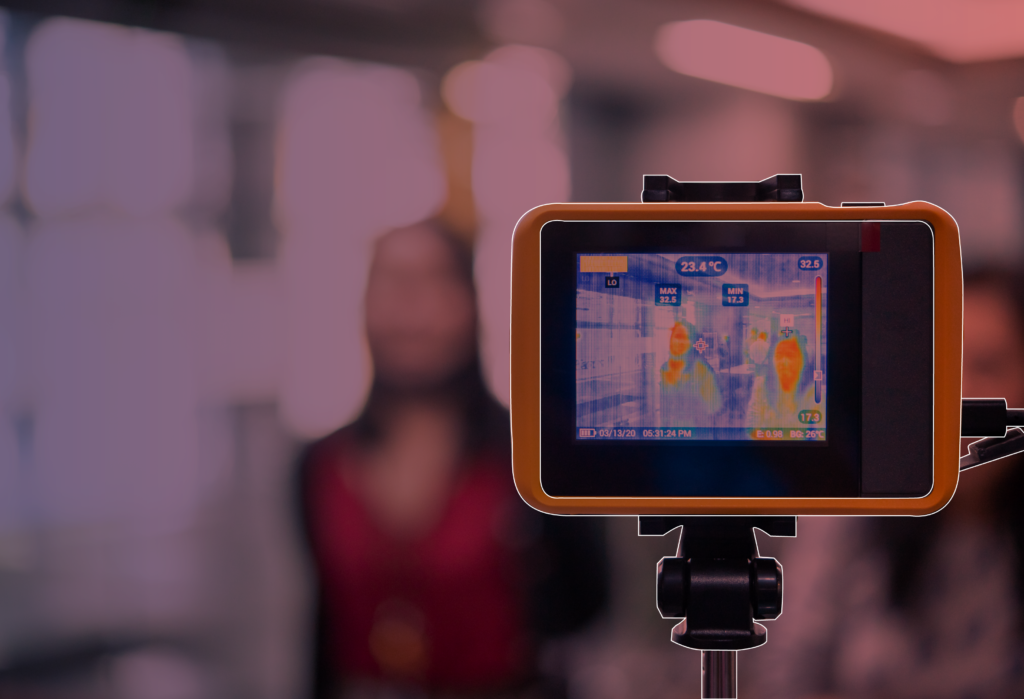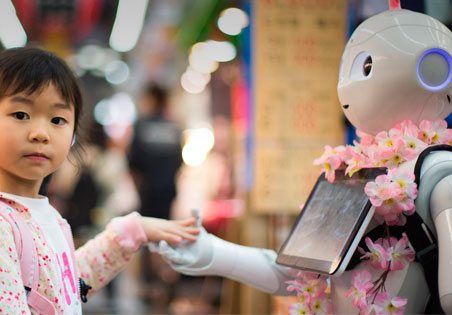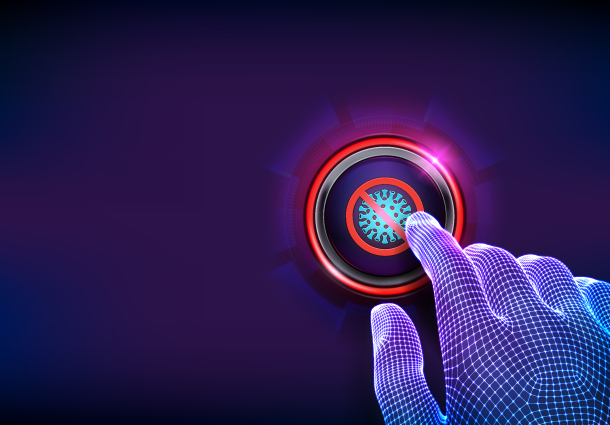Illuminating the Transformative Effects of the Big Data for Coronavirus
The global impact of the coronavirus outbreak has touched the lives of millions, resulting in thousands of fatalities worldwide. The ongoing threat posed by this virus remains a pressing concern, with new cases emerging each day. However, countries affected by the coronavirus are actively leveraging Artificial Intelligence (AI) and big data technologies to combat the situation. The World Health Organization (WHO) recognizes the pivotal role played by AI and big data in China’s response to COVID-19, the updated name for the coronavirus.
How A.I. is aiding the coronavirus fight?
Taiwan leverages big data for coronavirus to stop the spread. Due to its proximity to China, Taiwan could have been hit hard by COVID-19. It is said that over 400,000 of its citizens work in mainland China.
However, the country’s use of artificial intelligence and big data analytics with cell phone tracking assisted officials to control the spread of the virus, according to the Journal of the American Medical Association (JAMA).  With in excess of 50,000 individuals going day by day through the railroad station where Fu works, there is a huge strain to quickly and precisely distinguish the individuals who may have a fever – one of the primary side effects of the new coronavirus disease that has killed 2,870 individuals in territory China.
With in excess of 50,000 individuals going day by day through the railroad station where Fu works, there is a huge strain to quickly and precisely distinguish the individuals who may have a fever – one of the primary side effects of the new coronavirus disease that has killed 2,870 individuals in territory China.
In major Chinese cities, thermal scanners have been implemented at train stations as a part of the broader efforts to combat the devastating virus. These scanners are just one example of how authorities are utilizing artificial intelligence (AI) and big data in their fight against the outbreak, which has now spread to 56 countries since its initial detection in late December last year in China’s Hubei region. Fu, the responsible individual, mentioned that thus far, he has only had to report one passenger to health officials—a woman from Henan with a recorded fever of 37.9 degrees Celsius.
It’s Shanghai’s turn to use Big Data
Shanghai is at the forefront of leveraging big data to mitigate the further spread of the coronavirus. Workers in the city proactively provide information such as temperature readings and travel history, which is then consolidated on a big data platform utilized by authorities for epidemic prevention management. This implementation showcases the role of technology in the fight against the virus.
The Director of the Data Department of Shanghai Municipal Public Security Bureau, Shen Yuxin, highlighted the significance of artificial intelligence (AI) in this battle. By tracking personnel movement and origins, targeted measures can be taken to prevent the virus from spreading. Shanghai’s cross-department data platform integrates information from various government entities, including police and health authorities, facilitating prompt action by local community workers whenever necessary. This data-driven approach enhances the city’s ability to combat the virus effectively.
Big Data for Coronavirus: Is It Effective?
In 2014, the Centers for Disease Control (CDC) predicted up to 1.4 million cases infected from the Ebola outbreak. Then, it was said what could big data do to help identify the earlier signs of future outbreaks. That time, Harvard’s HealthMap service made breaking headlines when they monitored early Ebola outbreak mentions nine days before the WHO officially announced the outbreak of the epidemic.
They also issued their first alert. How Cutting edge technology can help to fight Coronavirus is something we need to look after. The Chinese government has seemingly set up the most extensive and advanced  observation framework on the planet. Notwithstanding the genuine name framework – which expects individuals to utilize government provided ID cards to purchase portable sims, acquire internet based life accounts, take a train, load onto a plane, or even purchase food supplies – specialists likewise track individuals utilizing approximately 200 million surveillance cameras introduced across the country.
observation framework on the planet. Notwithstanding the genuine name framework – which expects individuals to utilize government provided ID cards to purchase portable sims, acquire internet based life accounts, take a train, load onto a plane, or even purchase food supplies – specialists likewise track individuals utilizing approximately 200 million surveillance cameras introduced across the country.
A portion of these cameras are furnished with facial acknowledgment innovation, permitting specialists to follow criminal acts, including offenses as minor as jaywalking. There are reports specialists are utilizing this broad reconnaissance framework to keep tabs on individuals in the midst of the coronavirus episode. Ren, an eatery proprietor who works in Hubei, the territory at the focal point of the pestilence, said neighborhood police appeared at his home in western Sichuan area where he had returned for the Chinese New Year festivities on January 23 and requested him to isolate himself for 14 days.
That was that day specialists put Hubei under a remarkable lockdown to forestall the spread of the infection. Reports suggest that HealthMap’s early warning came from using massive computing power to sift out early indicators from millions of social media posts and other media platforms.
However, an article titled “Why Big Data Missed the Early Warning Signs of Ebola,” published on FP, highlighted that HealthMap received its initial report on Ebola after the Guinean government had already declared the outbreak and informed the WHO. In contrast, during the coronavirus outbreak, a Toronto-based startup called BlueDot, which employs an AI, machine learning, and big data platform to monitor and predict the spread of infectious diseases, issued a timely alert to its private sector and government clients on December 30, 2019. The alert identified a cluster of unusual pneumonia cases occurring near a market in Wuhan, China.
In this case, some reports earlier claimed 27 pneumonia cases associated with a market that had seafood and live animals in Wuhan.
How technology can help to fight coronavirus?
BlueDot utilized global airline ticketing data and other connectivity indicators to identify the cities that were closely linked to Wuhan. This approach aided in predicting the potential travel routes of individuals who might be infected, allowing for proactive measures to be taken. According to an article, BlueDot accurately predicted the international destinations with the highest influx of travelers from Wuhan. These destinations included Bangkok, Hong Kong, Tokyo, Taipei, Phuket, Seoul, and Singapore. In the end, 11 cities have topped the list of places where COVID-19 cases were first seen.
How Cutting edge technology like AI and Big Data can help to fight coronavirus?
But looking at the infection rate graph, the 11 cities Blue Dot listed are near to flat on the bottom, and countries like South Korea, France, Germany and the US are climbing upwards. There are many cases in South Korea but the author asks why Japan, Taiwan, Singapore, Thailand or Hong Kong haven’t? and said all of them were hit by SARS in 2003, and all of them learned from it.
With the onset of technologies such as Artificial Intelligence and Big Data, we can claim that we have a long way to explore with regards to science. By partnering with Pattem Digital, you can unlock the full potential of Big Data services and harness its capabilities to the fullest extent.




